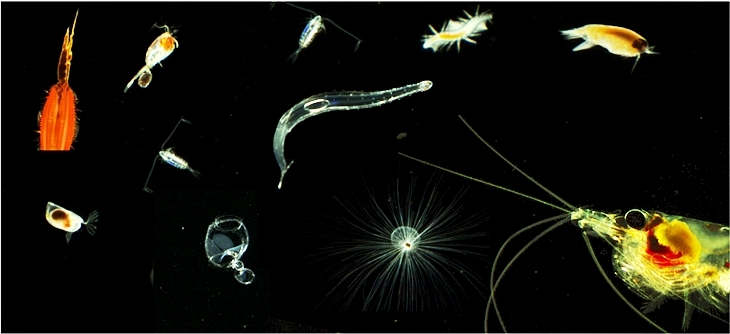Biological Carbon Pump

Example images of plankton organisms sampled with an underwater imaging system. -Image: Klas Ove Möller / Hereon-
Plankton as well as organic particles in water—“marine snow”—serve as food for many organisms and thereby form the basis of marine ecosystems. In this respect, they play a fundamental role in the food chain and have an important impact on the ocean’s carbon cycle. Our research focus is to understand the processes that influence the spatial and temporal distribution as well as origin, properties and biodiversity of these organisms and particles. The “Biological Carbon Pump” department uses high-resolution and autonomous camera systems as well as AI-based image analysis to determine the balance between biological productivity and carbon export in unprecedented resolution. The aim is to achieve an integrative and predictable overall understanding of the biological, chemical and physical influences on the productivity and efficiency of the biological carbon pump (“from physics to fish”). We are thereby making a fundamental contribution toward sustainable development of the seas and coasts.
